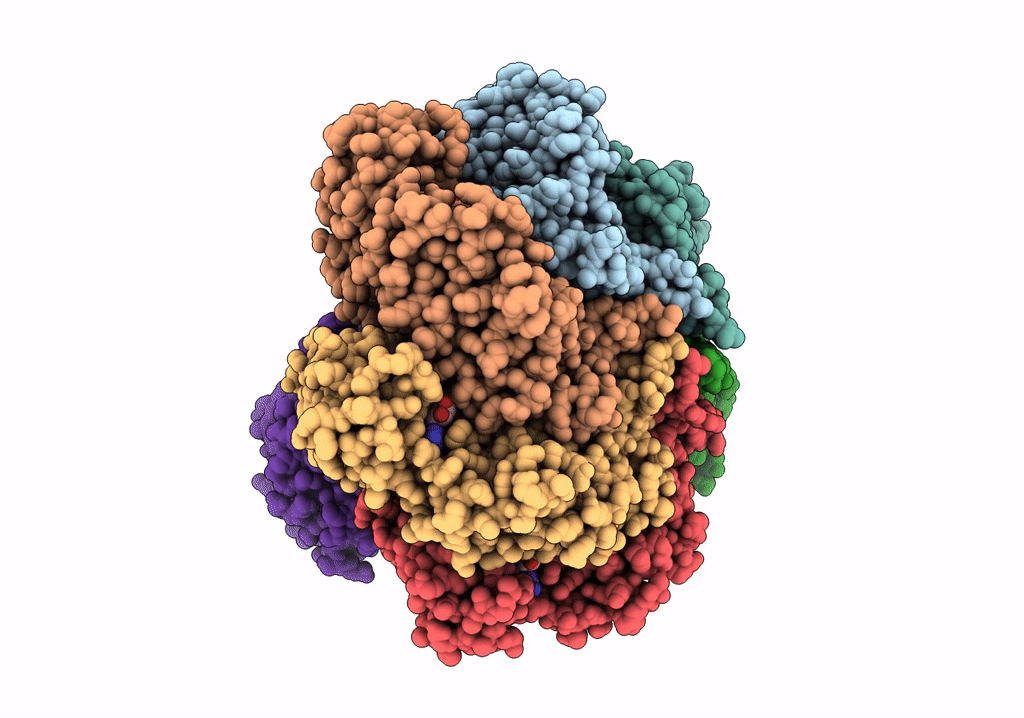
Deposition Date
2019-10-29
Release Date
2020-10-21
Last Version Date
2024-03-06
Entry Detail
PDB ID:
6UT6
Keywords:
Title:
Cryo-EM structure of the Escherichia coli McrBC complex
Biological Source:
Source Organism:
Escherichia coli (strain K12) (Taxon ID: 83333)
Host Organism:
Method Details:
Experimental Method:
Resolution:
3.28 Å
Aggregation State:
PARTICLE
Reconstruction Method:
SINGLE PARTICLE


